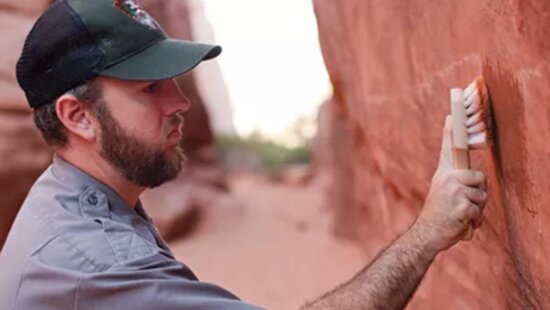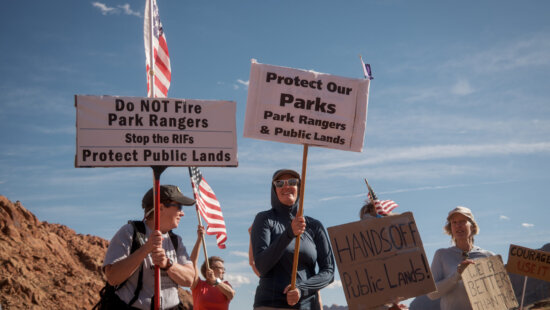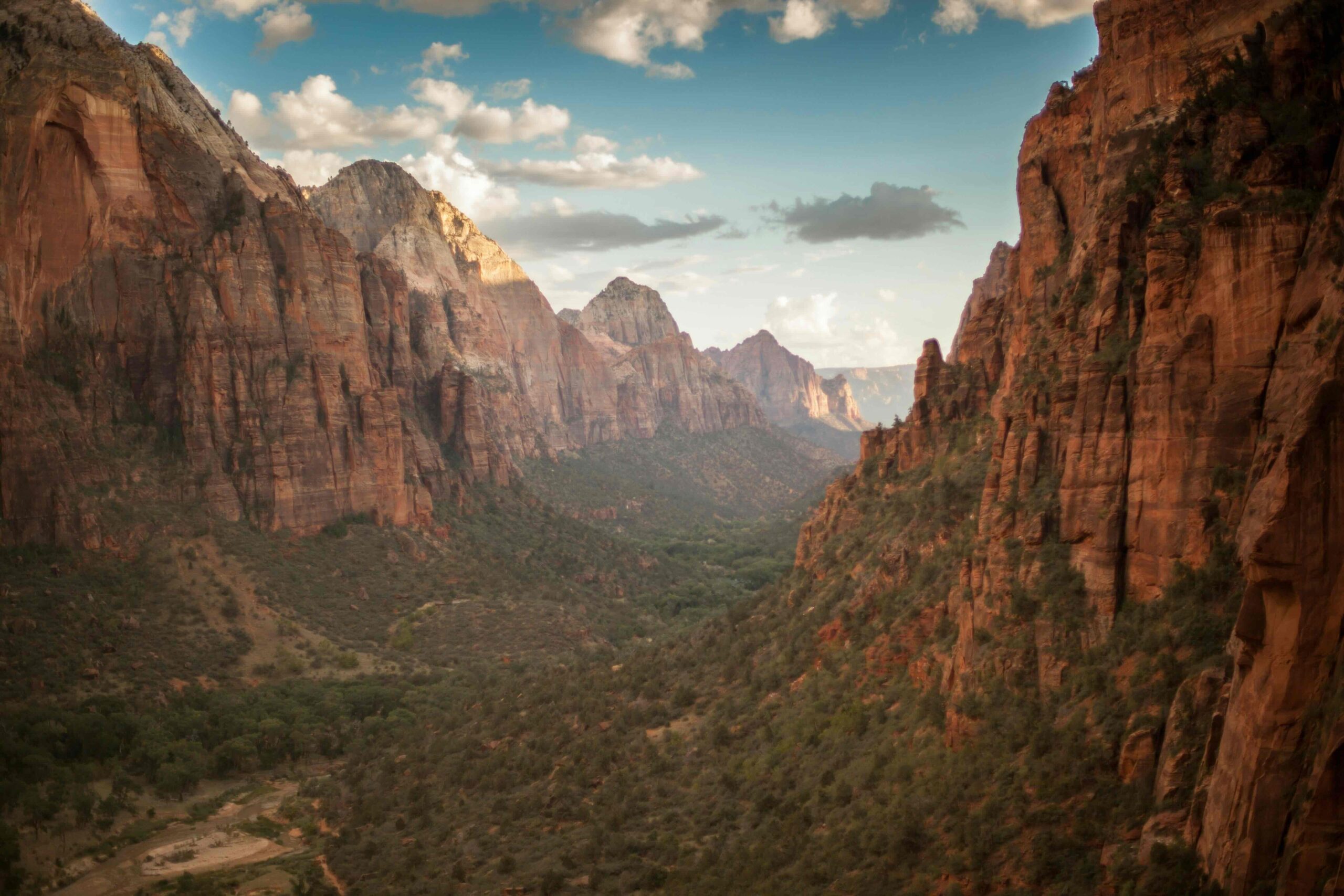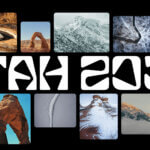Environment
Stargazers invited to explore the cosmos at 4th Annual Southeast Utah AstroFest
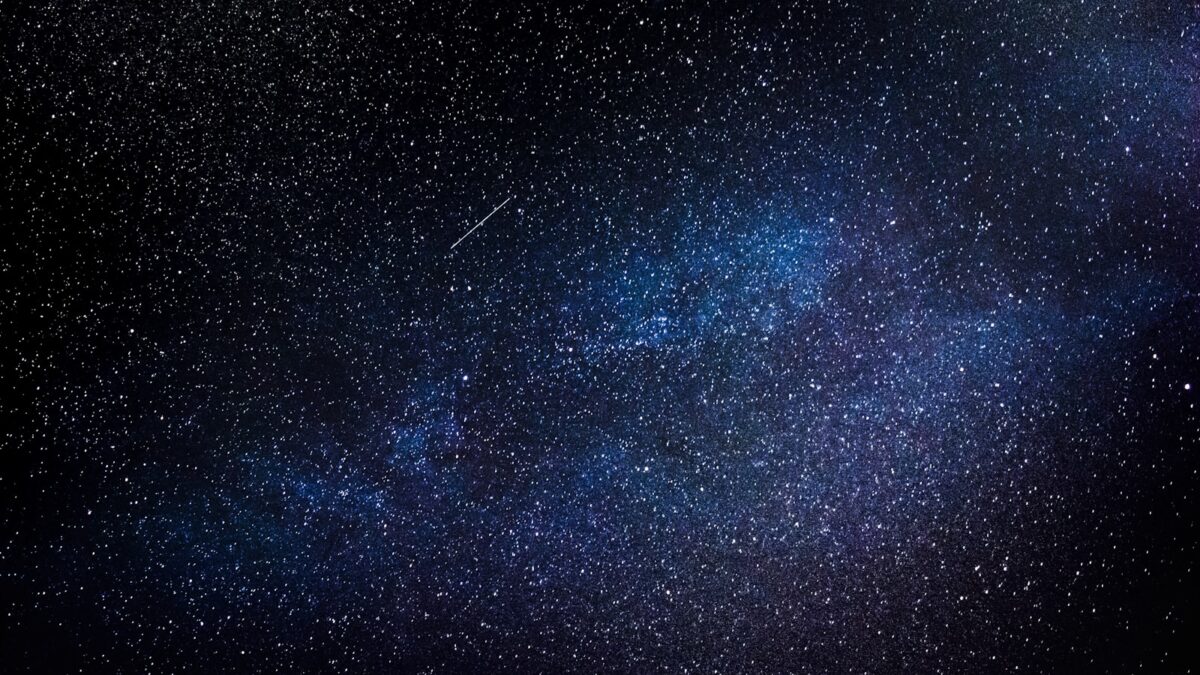
Photo: Photo by Federico Beccari
ARCHES NATIONAL PARK, Utah — The 4th Annual Southeast Utah AstroFest returns June 20–22, offering astronomy enthusiasts a three-night celebration under some of the darkest skies in the country.
Hosted across Arches National Park, Canyonlands National Park, and Dead Horse Point State Park, the event features daytime and nighttime programs led by park rangers, telescope viewing opportunities, and family-friendly activities.
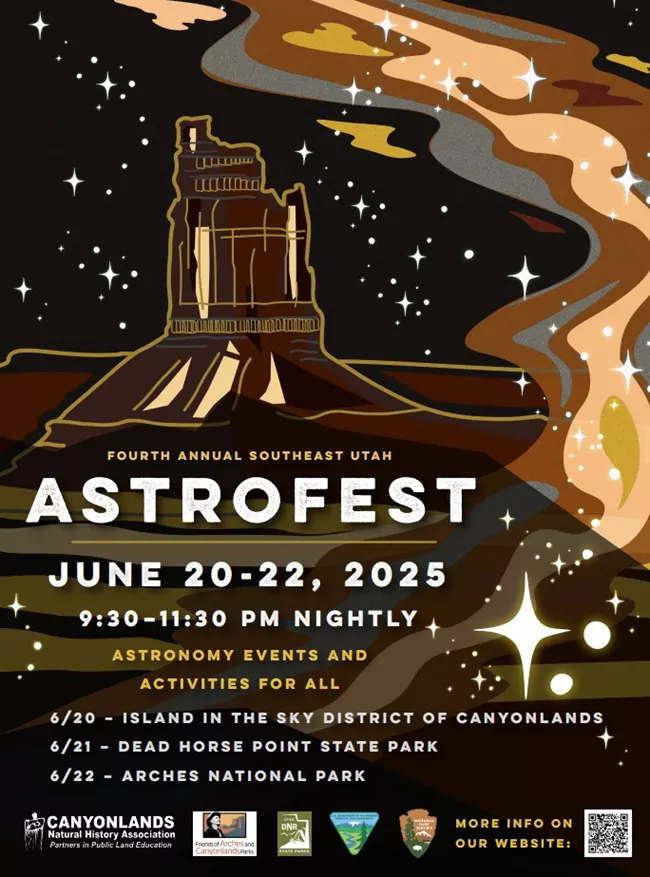
The festival schedule is as follows:
Friday, June 20: Island in the Sky District, Canyonlands National Park
Saturday, June 21: Dead Horse Point State Park
Sunday, June 22: Arches National Park
Each evening, rangers will guide visitors through the constellations and planetary phenomena visible above the red rock canyons, offering telescope access and insights into the night sky.
Participants are encouraged to plan ahead. Telescope viewing is weather-dependent and may be canceled due to cloud cover or lightning. Parking at program locations is limited; arriving before 9 p.m. is recommended.
Attendees should bring red flashlights, sturdy footwear, high-visibility clothing, and warm layers. All events are free with park admission.
Pets are not permitted at event sites, and organizers strongly discourage leaving animals unattended in vehicles. Campgrounds at Arches and the Island in the Sky district may fill early, so visitors should have backup lodging plans.
Celestial Highlights During AstroFest Weekend
AstroFest coincides with several notable celestial events:
June 21 – Summer Solstice: The Northern Hemisphere experiences its longest day of the year, marking the official start of summer and offering extended twilight for stargazing.
June 22 – Moon-Venus Conjunction: In the early morning hours, the crescent Moon will appear near Venus, providing a striking visual pairing in the eastern sky.
June 22 – Commencement of June Boötids Meteor Shower: This meteor shower begins on June 22 and peaks around June 27. While typically modest, it has produced unexpected outbursts in the past.
For the latest updates, including detailed event schedules and locations, visit the National Park Service website.
















